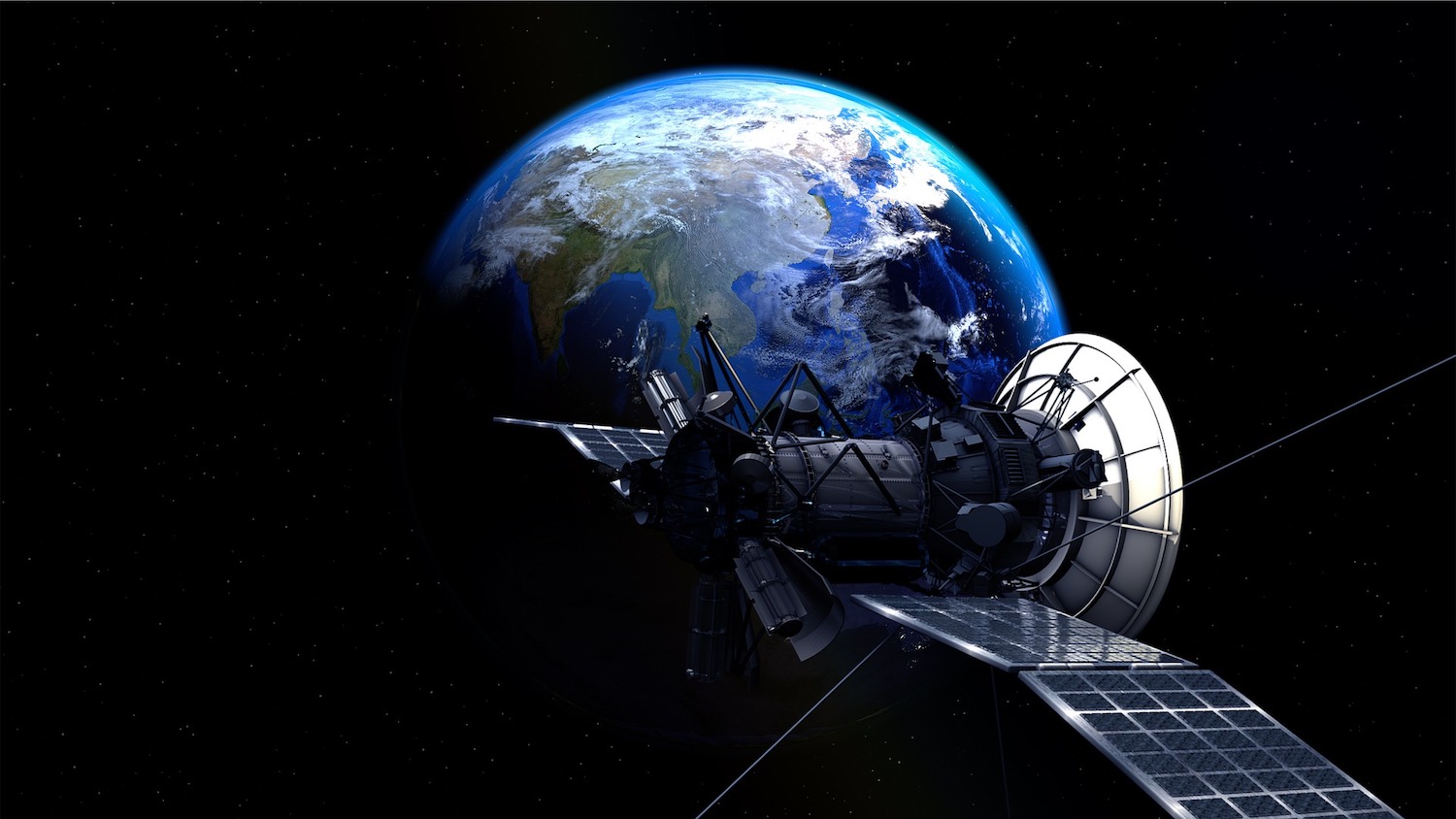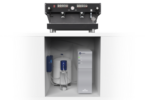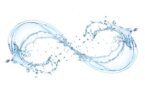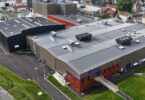Finding leaks on transmission pipes and trunk mains can be especially challenging and with water utilities on the lookout for emerging technologies to tackle this issue, a satellite leak detection project in Africa shows there are solutions to this complex problem, as Utilis Director of Sales, Jonathan Jacobi explains.
Supply interruptions and water losses from leaks on transmission pipes and trunk mains can be some of the most challenging water utilities face due the large diameter of the pipes and the materials of which they are made. However, a satellite leak detection technology is helping address this complex problem, making finding the leaks a lot easier.
Drinking water pipelines are one of the sector’s largest and most expensive capital assets and maintaining their integrity must be a key priority. In order to achieve this, the reduction of water losses is a strategic necessity.

In October 2019 a pilot project was carried out on more than 1,000km of transmission mains in the south of Africa using Utilis’ satellite-borne L-band synthetic-aperture radar (SAR) analytics. Points of interest on the vast trunk main network were narrowed down using the technology, then specialist acoustic leak detection equipment from Swiss water loss technology company Gutermann was used to verify them and pinpoint leaks.
While traditional leak detection techniques and instruments are less suitable for surveying large stretches of large-diameter pipes in rural terrain, Utilis’ technology is agnostic to pipe size or material, identifying leaks via soil moisture created by potable water mixing with the surrounding earth. The technology’s ability to pre-localise a leak, especially in such a difficult landscape, allows the surveying team to invest the time and equipment needed to pinpoint leaks, helping raise their efficiency and meet key performance indicators (KPIs).
Through random sampling, a total of 30 locations were identified for site investigation and verification in this project. This was followed by a leak validation exercise to mark the location and confirm the presence of a leak using Gutermann’s AQUASCAN TM2
trunk main leak correlator. This correlator is specialised in analysing the leak noise on large-diameter pipes and over distances of up to and sometimes even more than 1km distance. When the pipe distance and properties (material and diameter) are known, the correlator is able to pinpoint the leak extremely accurately.
The leak detection teams were able to locate leaks at all 30 locations, exhibiting 100% accuracy for the SAR technology and evidencing a highly effective job carried out by the teams in the field.
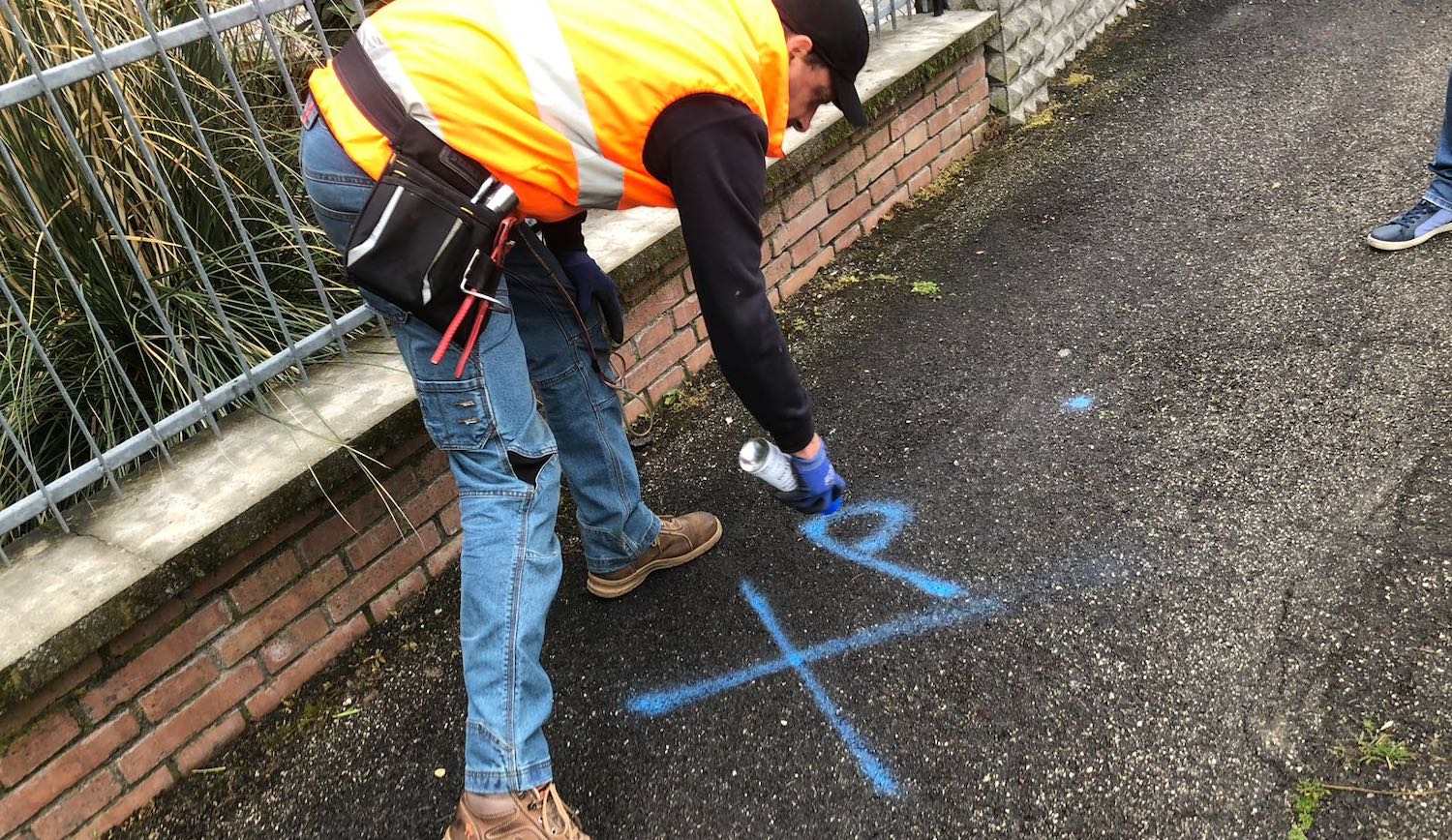
Utilis’ remote-sensing technology uses a sensor mounted on a satellite orbiting at 637km above earth, which means it can capture an entire network in one shot. It has the potential to capture thousands of leaks using a patented algorithm that identifies the unique signature of drinking water escaping into the ground.
The expansive satellite-analytics helps companies strategically identify hot spots to investigate further so that leaks can be targeted before surfacing, reducing potential damage to nearby infrastructure and the environment.
This is particularly useful in rural areas as it is traditionally much harder and more time-consuming detecting leaks in remote locations. In addition, the approach is non-invasive, can be frequently updated and is highly scalable.
Gutermann Chief Executive, Uri Gutermann said: “Fixing leaks is not just about stopping water-loss once we are already aware there is an issue, it is also vital to pre-empt problems and prevent further collateral damage to the infrastructure and environment. There are solutions available to alleviate the pressure on water supplies and by harnessing technology and data to make intelligent, long-term decisions, utilities are better placed to tackle this growing problem.”
Do you have an article to share? Click here to submit. If you’d like to subscribe to our weekly newsletter, click here.



